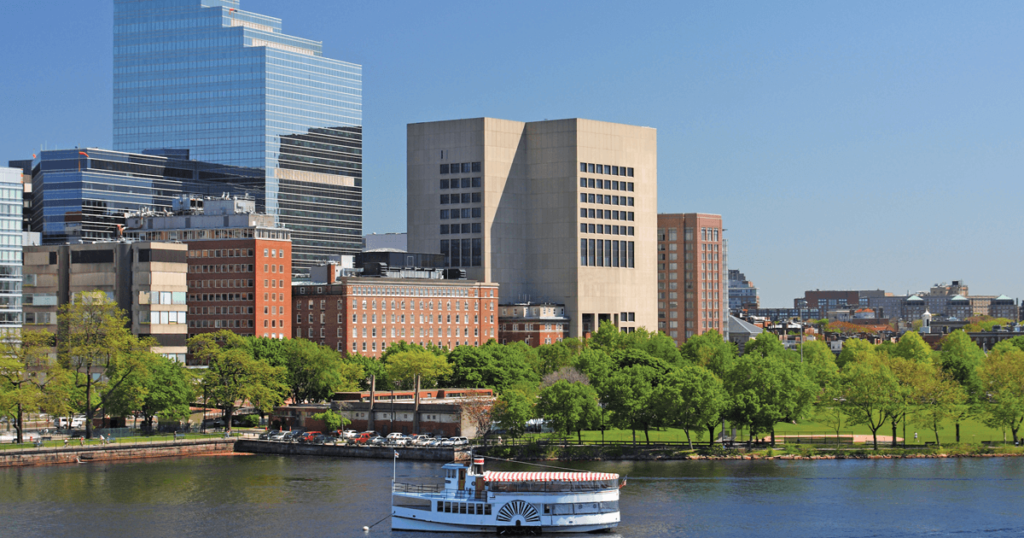
Situated at sea level, with the waves of the North Atlantic crashing against its waterfront, Boston is the world’s eighth-most-vulnerable city to flooding, so it’s no surprise that Mayor Martin Walsh and various organizations are determined to make Beantown carbon neutral by 2050. A big part of the challenge involves health care. Hospitals use two to three times as much energy as a typical office building, and in the United States, clinics and hospitals account for more greenhouse gas emissions than the entirety of the United Kingdom (that means infrastructure, automobiles—everything). So how does a major metropolitan city reduce hospital emissions without compromising patient care?
Efficiency is the goal. From 2011 to 2015, Boston-area hospitals became more conscious of day-to-day waste, cutting energy use by almost 10 percent—and saving $15 million in the process. Later this year, by purchasing renewable energy credits from a North Carolina solar farm, Boston Medical—New England’s largest level-one trauma center—is slated to become the Northeast’s first carbon-neutral hospital. “The idea of do no harm became a bigger concept in the health care field,” says Amy Longsworth, director of Boston’s Green Ribbon Commission, which unites municipal and private sectors in combating climate change. Hospitals “have a bigger duty … than just to take care of an individual patient.” They must also be responsible for their environmental effect on surrounding communities. The good news is that Boston health care centers are now years ahead of the citywide greenhouse gas reduction schedule. The rest of the town has 32 years to catch up.

